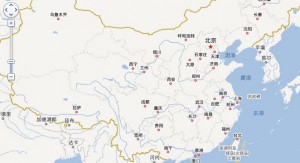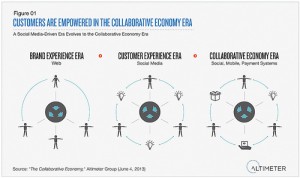
I think your thought piece on NATO is excellent, but somewhat incomplete. NATO is the diplomatic and administrative headquarters, but the Supreme Headquarters Allied Powers Europe (SHAPE) is the actual C2 for NATO military operations
In my opinion, the U.S. needs to back out of NATO and its operational counter part SHAPE and leave both to the EU (as you suggest). The U.S. could join Russia in an observer status at NATO, but would no longer be a voting member. Both NATO and SHAPE would be under the EU, but would include non-EU members (e.g. Turkey).
This would do two beneficial things: it would provide Europe with a dedicated all European military force; and it would facilitate the move towards greater integration of EU member countries.
The benefits to the U.S. would also be significant by forcing the U.S. to recognize that the Cold War is over and there is no longer any reason to have a major U.S. Military presence in Germany (Italy is another matter given its proximity to the still volatile Maghreb)
I think that your proposal for a dedicated EU-NATO Intelligence Organization is absolutely brilliant, but again I would add a second intelligence entity to SHAPE for support to military operations (SMO). Both of these organizations would be all European.
I too am a non-player in the power games inside the DC Beltway. If I had any influence you would not be unemployed. Frankly I believe that the executive and legislative branches of the U.S. Government have lost interest in governing this country and are just going through the motions. So expecting the U.S. to take the initiative with NATO is fruitless.
Susan Rice is a brilliant and effective woman who I suspect will be ignored by President Obama, just as he ignored the super competent General Jones (who I became acquainted with when he headed the U.S. DOD Delegation at NATO).
Keep fighting the good fight!
Richard (AKA Retired Reader)






